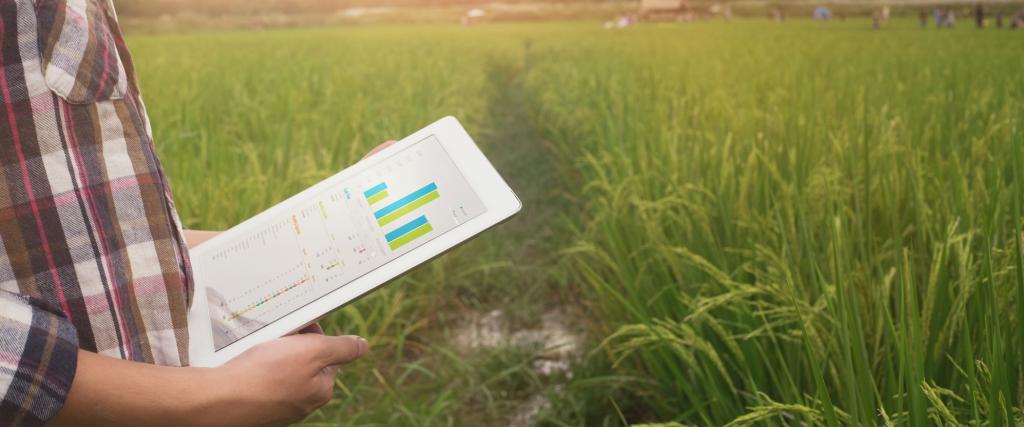
In the contemporary era, where the world is struggling to meet the challenges of food security and environmental sustainability, the issue of food wastage has garnered significant attention. With approximately 1.03 billion tonnes of food wasted annually, the need for technologies that can prolong the freshness of produce and minimize wastage is paramount. This article delves into various innovative technologies and platforms that are making strides in different segments of the food supply chain, directly from farms to fork, to mitigate the wastage of fruits and vegetables.
Pioneering Technologies at the Agricultural Level
Protective peel: The preservation of fruits and vegetables has been revolutionized by the development of plant-derived solution that forms a protective layer around the produce, significantly enhancing its shelf life. This innovation mitigates post-harvest losses and reduces dependency on refrigeration and controlled atmospheres, thereby minimizing energy consumption and environmental impact.
Full Harvest: Addressing the issue of “ugly” produce being discarded, A B2B marketplace that connects farmers directly with food organizations, supporting the sale of surplus and imperfect produce, thereby preventing wastage, and facilitating additional revenue streams for farmers.
Protective vapour: Innovative sachets, which release a shelf-life-enhancing vapour, are placed within the packaging of fresh produce, slowing down the ageing process and providing additional days or even weeks of marketability, reducing the likelihood of in-transit wastage.
Mitigating Wastage in Retail Environments
AI enabled shelf-life check: This innovation uses handheld devices and AI-driven software so that suppliers and retailers can predict the shelf life of fresh produce precisely. This technology aids in making informed decisions regarding inventory management, distribution, and pricing, thereby minimizing wastage.
Dynamic pricing: A dynamic pricing model utilizes machine learning to adjust the prices of perishable goods based on their expiration dates. This approach incentivizes consumers to purchase items closer to their sell-by date, reducing waste and optimizing revenue.
AI enabled inventory: AI is being employed to predict sales and optimize inventory management, this has significantly reduced supermarket waste, ensuring that perishable items are sold before they surpass their optimal freshness.
Technologies for Restaurants and Food Services
AI kitchen forecasts: AI-driven sales forecasting algorithms enable restaurants to predict sales accurately, facilitating optimal purchasing and preparation decisions, thereby significantly reducing food waste. Similarly, smart scales and AI cameras are being used in kitchens to monitor and analyze waste patterns. By understanding what is being wasted and why, kitchens can implement strategies to cut food waste, saving money and reducing environmental impact.
Consumer-Level Innovations
Consumer apps: Mobile apps are being used to bridge the gap between consumers and food establishments, enabling the latter to sell surplus food at discounted prices, prevent it from being discarded, and provide consumers with affordable meal options. These apps foster a community where neighbours and local businesses can share surplus food instead of discarding it. This approach not only reduces waste but also promotes community interaction and support.
Household Technologies
Home checks: The FridgeCam allows users to view the contents of their fridge remotely via a mobile app, enabling them to make informed purchasing decisions and plan meals effectively, thereby reducing the likelihood of food wastage.
Shelf-life extension: By absorbing ethylene gas, which accelerates the ripening of fruits and vegetables, the shelf life of produce can be extended, ensuring that it remains fresh for more prolonged periods, reducing the need for frequent shopping trips and minimizing wastage.
Conclusion
Technology integration into the food supply chain, from agricultural practices to consumer management, has demonstrated the potential to significantly reduce the wastage of fruits and vegetables. These innovations, which encompass various aspects of preservation, inventory management, dynamic pricing, and consumer engagement, are pivotal in addressing the global issue of food wastage. As the world continues to navigate the challenges of population growth, climate change, and food security, technologies will be prominent in ensuring that fresh produce is utilized effectively, minimizing wastage, and promoting sustainability.
